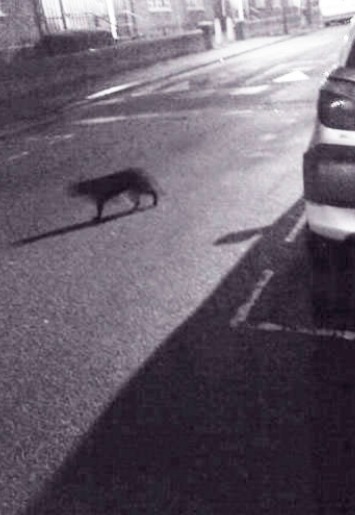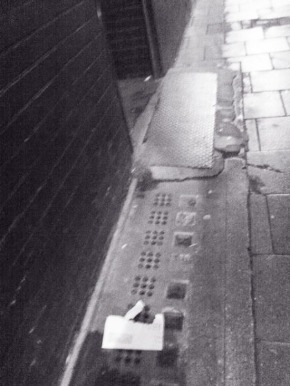City Nocturnes
The Nigerian writer and photographer Teju Cole’s novel Open City (2012) is a flowing palimpsest of connections between history and culture, past and present which pass through the protagonist’s mind as he walks across Lower Manhattan. Set in New York, but could equally be applied to any city, the book is a juxtaposition of urban and personal experience which leave their marks through observation and quiet reflection. It documents the encounters of a cameraless photographer, passing others playing out their pain in acutely observed scenes which flare briefly, dissolve and are then lost through a process of disclosure and erasure.
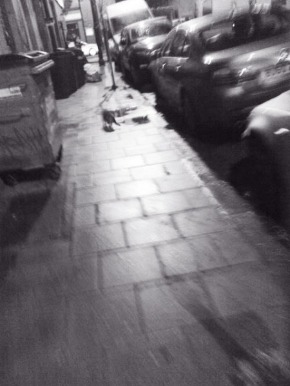
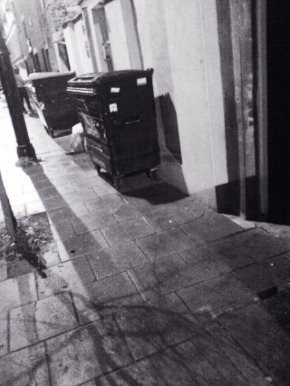
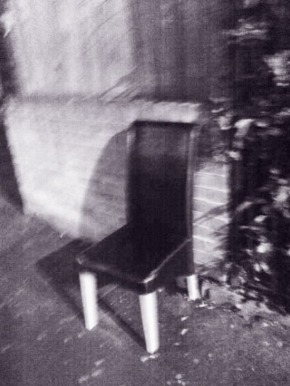
In Cole’s novel, the potential for trauma, loss, marginalization, conflict and suffering are as boundless as the city in which these experiences take place against a backdrop of subjectivity and identity. The unraveling scenes which pass through the writer’s mind constitute a narrative stream of events – the world as seen by the narrator and made sense of by a web of cultural connections spanning place, music, history and his personal past as migrant and immigrant. The novel evokes the struggle to come to terms with the city – the macrocosmic urban through microcosmic singular experience: not the universal from the particular as such but as an accumulation of texts.
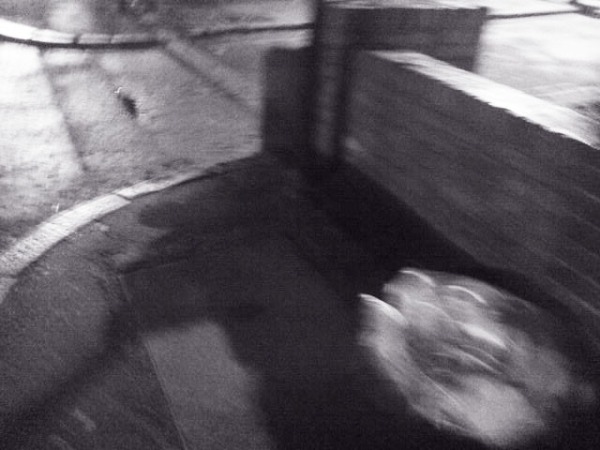
Reparation is futile in the unrelenting desolation showing now in the missing letters of store-fronts, chained dogs, chain-link fences, padlocked shops and stained metal grills.
Wool’s photographs act on the paradox of the night, itself covering, but also revealing and in doing so, unnerving. The night becomes the void – that which is essential in the designation of reality which Roland Barthes collapsed with the concept of ‘tathata’ – the gesture of encounter. That! There it is! wholly contingent upon that ‘weightless transparent envelop’ of Look! Good and evil, desire and its object constitute, according to some, the photograph’s two leaves which cannot be separated without destroying them both.
In others, cats wander amongst broken glass, rubbish accumulates against the graffiti. In a series of formal juxtapositions, white paint is spilt against a grey ground; white rubbish bags glow in the dark against the hard edges of a white car. A dark liquid stain is juxtaposed with the blur of the white lines of a bus station in a luminous glare of lights; an upended three-legged desk on a street corner with grey and black drips and splodges on wall and pavement; ‘NYC POLICE’ in eroded letters on an apparently ransacked car with boot open.
